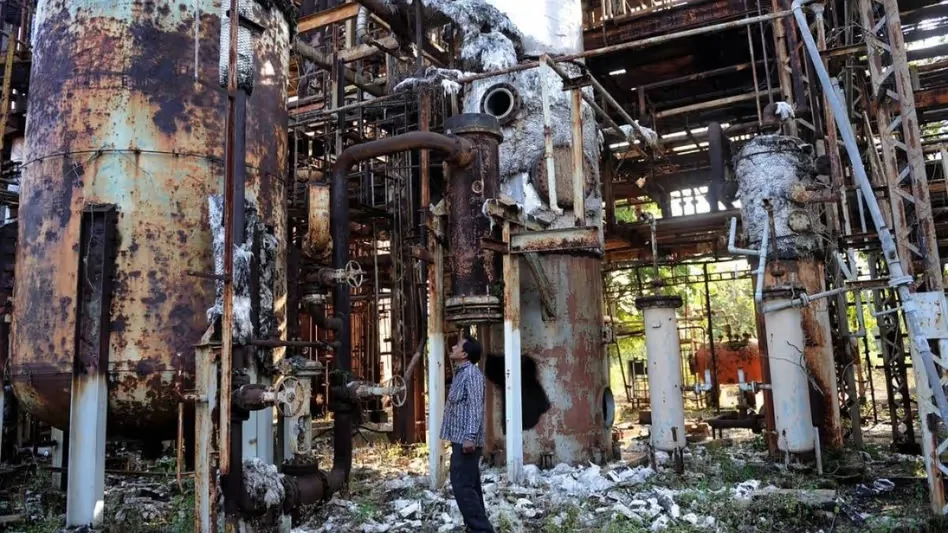In a significant development that commemorates the 40th anniversary of the Bhopal gas calamity, 377 tons of hazardous waste from the defunct Union Carbide factory have been transported for disposal.
The toxic material was relocated to the Pithampur industrial area in Madhya Pradesh’s Dhar district, which is situated 250 kilometers from Bhopal.
On Wednesday evening, 12 sealed container vehicles traversed a green corridor that had been specifically designed to guarantee a secure, uninterrupted seven-hour journey. The Bhopal Gas Tragedy Relief and Rehabilitation Department’s Director, Swatantra Kumar Singh, verified the successful completion of the meticulous process, which necessitated nearly 100 workers to operate in 30-minute shifts to pack and transport the waste.
On December 2-3, 1984, the Bhopal gas calamity occurred as a result of the leakage of the lethal methyl isocyanate (MIC) gas. This incident is considered one of the most catastrophic industrial disasters in history. The incident resulted in the loss of over 5,000 lives and the development of severe health complications in thousands of additional individuals.
The Madhya Pradesh High Court recently criticized the authorities for their protracted inaction and established a four-week deadline for the site’s clearance. Contempt proceedings were threatened for non-compliance.
The disposal facility in Pithampur will incinerate the toxic waste. The procedure will be supervised by experts from the Central Pollution Control Board and the State Pollution Control Board. In order to mitigate air pollution, the incinerator’s smoke will undergo a specialized four-layer filtration system.
Also read: WhatsApp is the most frequently used social media platform for online scammers: MHA report
A toxic residue analysis will be conducted on the ash that is produced as a result of the incineration. In order to prevent soil and water contamination, it will be sealed under a two-layer membrane and buried if it is considered safe. The process is anticipated to be finalized within three to nine months, contingent upon the outcomes of the initial trials.
Local activists and residents have expressed apprehension regarding potential environmental hazards, citing pollution incidents that occurred subsequent to a trial incineration in 2015. Nevertheless, Singh dispelled these concerns, asserting that the disposal plan was authorized following a comprehensive assessment of past objections and test results.
Locals expressed concerns regarding the disposal project in Pithampur, a city with a population of 1.75 lakh, despite assurances. A protest march was staged on Sunday.
The disposal of the toxic waste is a crucial stage in the process of addressing the environmental legacy of the Bhopal disaster; however, there are ongoing concerns regarding its potential impact on the surrounding communities.





